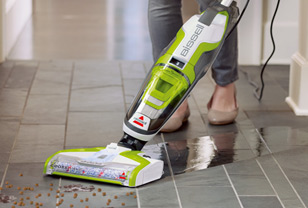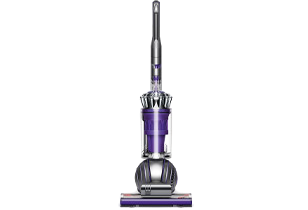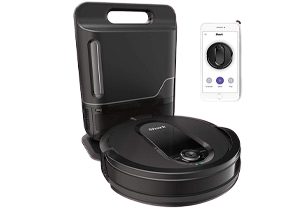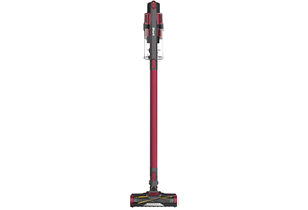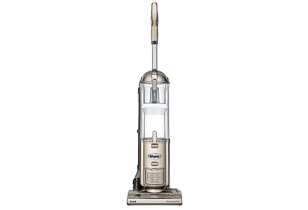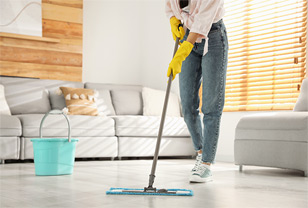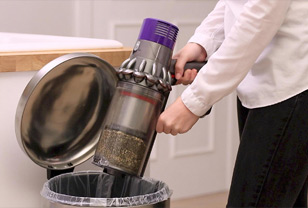Laminate Floors Maintenance Guide: How to Remove Glue From Floor
During the installation of glue-down laminate boards, some of the glue may have seeped from the edges and stained the top surface of the floor. Unless you know how to remove glue from floor, it may feel like an impossible task.
No worries! This guide can show you exactly how to remove glue from floor and tidy up the look of your home.
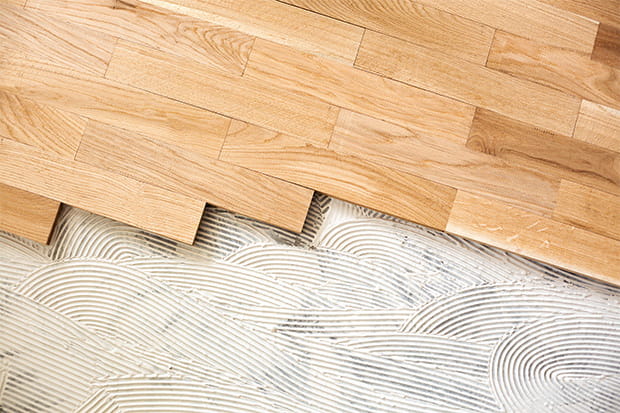
What You Will Need to Follow This Tutorial
Before you head out and buy an industrial-strength bottle of glue remover and scrubbers, hang on for a few seconds. There’s a very good chance that you already have everything that you will need in your kitchen!
By mixing a few common household ingredients together, you can produce a very powerful (but still non-damaging) glue cleaner for your laminate floors. This is what you will need to gather:
- A spray bottle
- Distilled white vinegar
- Acetone
- Rubbing alcohol
- Cotton or microfiber mopping pads
Even when you don’t have these ingredients available in your kitchen, you can easily buy them at your local grocery store. They aren’t very expensive, either.
How to Remove Glue on Laminate Floor
Depending on how severe the glue stains are, there are three approaches that you can take.
Gentle Cleaning Approach
Use this approach if the glue is weak or just sits on the surface of the floor. The greatest benefit of this approach is that it is very gentle. As a result, the lamination layer at the top of your flooring won’t be damaged by the cleaner. This is arguably the best approach in this how to remove laminate flooring glue guide (when it works, that is).
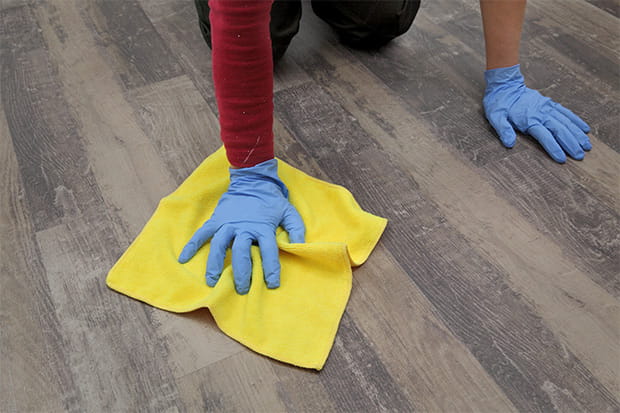
Step 1: Mix the Cleaner
This method uses just two ingredients: distilled white vinegar and water.
In a spray bottle, mix ¼ cup of white vinegar together with 4 cups of water. Shake the bottle to let the mixture commingle.
Step 2: Apply the Cleaner
Spritz the cleaner onto the glue stains and let it do its magic for a minute or two.
Step 3: Wipe
With a microfiber or cotton mopping pad, scrub the cleaner-soaked glue stains. If you’re lucky, the glue will come off in a few seconds.
However, in most cases, the cleaner will be wiped off before the glue comes out. In that case, re-apply the cleaner and wipe again. Repeat until the glue comes off.
Step 4: Dry Thoroughly
Remember, the worst enemy of laminate floors is moisture. So, after you’re done wiping and the glue is off, use a second mopping pad to dry the spot. Make sure that by the time you’re done, all traces of moisture are gone from the flooring.
Medium-Strength Cleaning Approach
If the gentle approach doesn’t work, then it’s time to up the ante. Instead of using distilled white vinegar, bring out a bottle of rubbing alcohol. It is not as gentle, but rubbing alcohol is a lot stronger than vinegar as a cleaner.
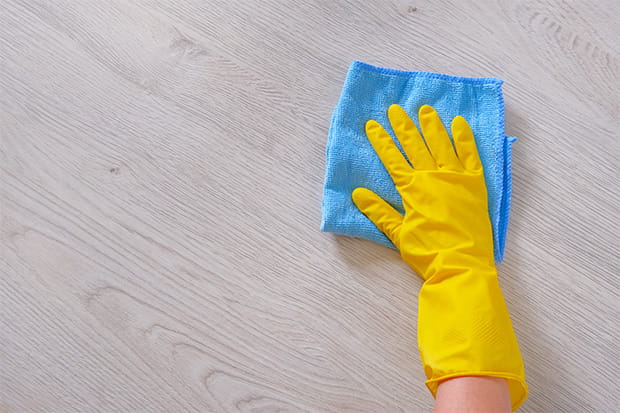
Step 1: Apply to a Mopping Pad
You don’t need to mix the alcohol in a spray bottle for this one. Apply a good amount of rubbing alcohol into a mopping pad. Although you don’t want the pad to be dripping with excess alcohol, you still want it to be quite damp.
Step 2: Scrub
Use the alcohol-laden mopping pad to scrub at the glue stains until they come off. Put more rubbing alcohol onto the pad as you deem fit.
The glue stains should gradually unravel over the course of a few minutes of scrubbing. Stop immediately once all of the glue has come off to minimize damage to your floor.
Step 3: Dry Thoroughly
Although we don’t use water in this step and rubbing alcohol will evaporate in time, you should still dry the floor with a second mopping pad. Ensure that the spots where the glue stains once were are completely moisture-free.
Maximum-Strength Cleaning Approach
If rubbing alcohol doesn’t work, it’s time to take out the big guns. This last approach will scrub out even the most stubborn of glues. However, the downside to this is that it could damage the floor boards if you’re not careful. Acetone can strip even the best laminate floor polishes as well as the lamination, so keep your guard up!
Step 1: Apply Acetone to a Mopping Pad
Take out a mopping pad and add a good amount of acetone (nail polish remover) to it. Use a decent amount so that the mopping pad is wet, but not dripping.
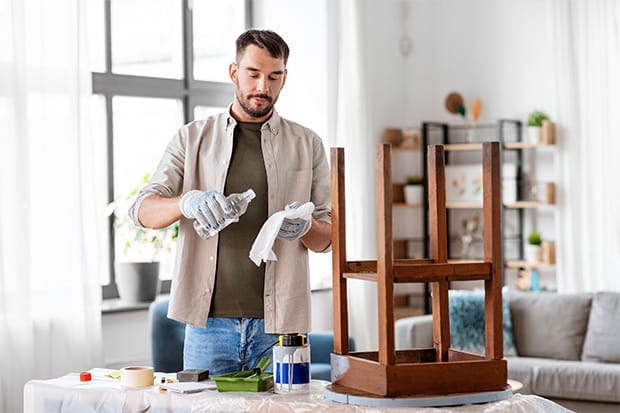
Step 2: Apply the Acetone to the Glue Stains
Do not wipe the floor with the acetone. The caustic chemical can ruin the lamination.
Instead, take the acetone-laden mopping pad and brush only the glue stains. Wipe them gently so that the chemical is soaked into the glue. Try to avoid letting the acetone touch the bare floor.
Step 3: Scrub Away
Use a second, dry cloth to scrub at the glue stains once they are wet with acetone. It may take several applications before the glue begins to weaken. Eventually, the stains will come off.
Step 4: Dry Off
You don’t want residual acetone to sit on the floor, as it will ruin the wood. Take a third, clean mopping pad and wipe until the floor is completely clean.
And that’s how to remove adhesive from laminate flooring!
How to Remove Glue from Other Types of Floors?
If your house has other types of floorings and you have glue residues on them, too, then here is what you can do to get the glue off those floors.
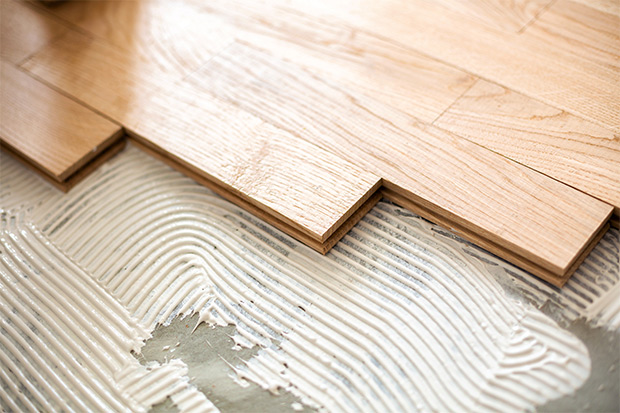
How to Remove Glue from Vinyl Flooring
Despite looking the same as one another, vinyl and laminate floors are two completely different things. While a laminate floor board uses a fiberboard core, a vinyl floor board is made from 100% PVC.
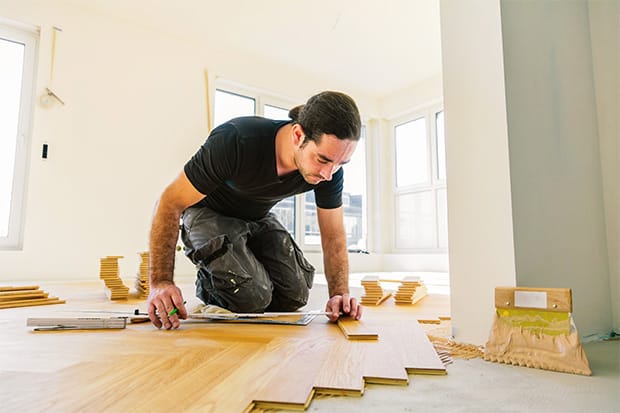
But here’s the thing: the way they are installed is the same. In other words, the laminate boards and the vinyl sections are all glued to the floor, so there’s a good chance that the top of your vinyl flooring may also have some glue residues that you have to deal with.
This segment will show you how to remove sticky tile glue from floor.
What You Will Need to Follow This Tutorial
Here is a list of things that you will need to gather in order to follow this how to remove glue from floor tutorial.
- A plastic scraper
- Cotton mopping pads
- Acetone
- Warm water
Step 1: Scrape the Glue from the Vinyl
First, use the plastic scraper to remove as much of the glue from the floor surface as you can. Be as gentle as possible. You don’t want to accidentally scratch the finishing.
Step 2: Apply Acetone
Once most of the glue stains are scraped off, some glue residues will still remain on the surface. You can deal with them by applying acetone and scrubbing them off.
Take a cotton mopping pad and add acetone to it. Just a little bit so that the cloth is slightly damp with the chemical. Do not add so much that it’s dripping wet.
Dab at the glue residues. Let it sit for a minute. The glue will gradually weaken.
Step 3: Scrape & Blot Off
Take up the plastic scraper and apply gentle pressure to the weakened glue stains. The scraping motion will weaken them even further.
Take a second, clean mopping pad and begin scrubbing at the glue. The glue should begin to lift off from the floor at this point.
Re-apply the acetone and repeat the process until the glue is cleaned away.
Step 4: Wipe the Surface and Dry
When the glue has finally been dealt with, mop the floor with clean water and dry thoroughly with a mopping pad until no moisture, chemical, or glue residues remain.
How to Remove Glue from Concrete Flooring
Concrete floors will require less babying than laminate or vinyl. You can be as rough as you want on concrete and it will stand up well to the abuse.
Here is how to remove floor glue from concrete in three different methods.
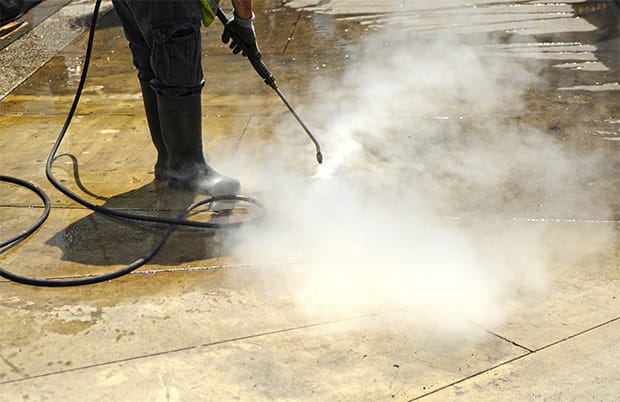
Method 1: Use a Scraper
The first and easiest method involves a scraper. This will require a lot of muscle work and time, but it’s quite easy as far as technique goes. Just take the scraper and work away at the glue stains until they come off.
If they don’t, you can try other methods.
Method 2: Apply Boiling Water
If the glue is water-based, boil some water and splash it onto the stains. After a few minutes, the glue will weaken from the high temperature. Once it does, you can easily clean up all the glue stains with a scraper.
Method 3: Commercial Glue Cleaner
If neither of these steps work, you will have to resort to commercial cleaning products. There are many brands available both online and on the shelves at hardware stores. Follow the instructions on the box carefully.
Conclusion
While flooring glue is super stubborn, with the right technique, it will come right out. We hope this guide on how to remove glue from floor has been helpful! If you have any other questions, drop our editorial board a line and we’ll get back to you as soon as we can.
FREQUENTLY ASKED QUESTIONS
- 01. Can Baking Soda Remove Glue?
-
Absolutely. Baking soda’s coarseness can be leveraged to remove glue stains. However, just like using anything that is “coarse” on sensitive floorings like hardwood, laminate, or vinyl, you must exercise caution. If you go overboard with it, the baking soda can totally ruin the top lamination layer of the flooring.
The first step of the process is to mix a baking soda cleaning paste. In a bowl, mix 3 parts baking soda with 1 part water. Mix until the two ingredients congeal into a thick paste.
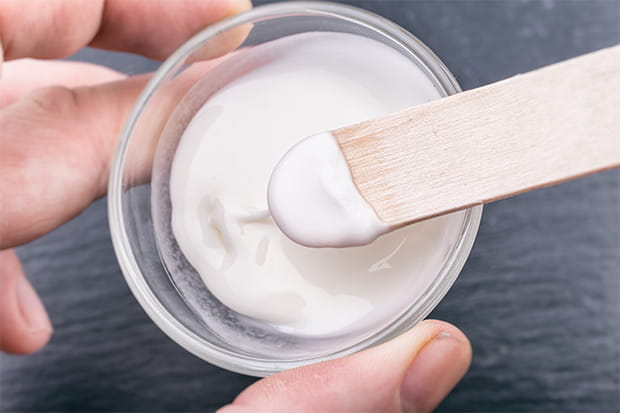
Apply the paste directly on the glue stains, then scrub gently with a microfiber mopping pad. Re-apply the paste as needed and scrub until the stains come loose.
- 02. Does White Spirit Remove Floor Glue?
-
If you have some in your garage, White Spirit is quite effective at stripping glue. Dab a little bit directly onto the glue and give it a few moments to soften the glue. Scrub away with a mopping pad.
When everything is clean, rinse the area well with water and dry thoroughly.
- 03. How Do You Remove Underlay Glue?
-
Underlay glue is used for bonding carpets to a concrete subfloor. It is notoriously difficult to deal with, but you cannot not do anything about the glue residues. Not only is it ugly, if you’re going to install new carpeting, you have to clean the subfloor from old glue so that the new carpet can bond better to the subfloor.
A word of warning: if your carpet is really old (installed in the 1980s or earlier), the carpet adhesive that was used may contain asbestos. It is a known carcinogen, so it’s best that you let professionals deal with it.
If you know that this isn’t the case for your home, then proceed!
The easiest method is to make use of the best laminate floor cleaner machines, particularly those with a steam cleaning function. The heat from the machine will weaken the glue, allowing you to easily scrape them off of the floor.
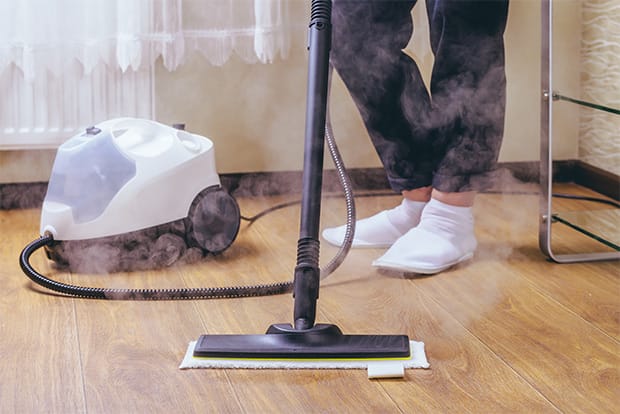
If you don’t have a steam cleaner at home, there’s the option of doing things manually. You will need a paint scraper and some boiling water. You should also have a pair of knee-pads (since you will be on your hands and knees a lot) and safety gloves.
Use the scraper to remove as much of the glue from the subfloor as you possibly can. This can take quite some time.
Once that’s done, boil some water and pour it onto the glue. Pour enough to cover the entire floor. Leave it soaking for 10 minutes. In that time, the heat will work its magic and soften the glue.
While pouring the hot water, wear a pair of safety gloves to protect your hands from being burned.
Wait until the water has cooled down, then proceed to scrape off the rest of the glue with your paint scraper.
- 04. How Do You Remove Urethane Glue from Hardwood Floors?
-
There are many commercial cleaners that are specially formulated for cleansing urethane glue. Pick a good brand that doesn’t have any odor and doesn’t leave residues.
However, if you want to go the natural way, you can use mineral spirits.
Dampen a mopping pad with mineral spirits and apply it to the glue. Then, use a second, dry mopping pad to scrub at the glue until it goes away.
If the glue still stubbornly holds on, you can bust out the acetone. As instructed earlier in the how to remove laminate glue segment of the article, carefully dab the acetone directly onto the glue and avoid getting it onto the floor. Give it a few moments to set in before you scrub at it with a mopping pad. It should come out in short order.






